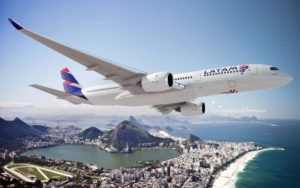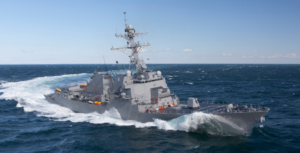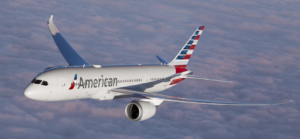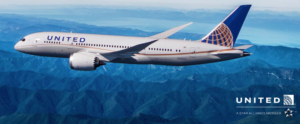OSLO (Reuters) – Norwegian Air will lease planes and postpone the sale of older models in its fleet following the grounding of Boeing 737 MAX aircraft, the airline said on Monday.
The budget carrier will also use some of its bigger Boeing 787 Dreamliners to offset the effects of the grounding of its 18 MAX jets – about 11 percent of its fleet.
The 737 MAX was grounded worldwide this month following a deadly crash in Ethiopia.
“In addition to continuing combining flights and reallocating aircraft, the company has decided to delay potential sales of six Boeing 737-800 aircraft and use available 787 Dreamliner capacity on high-volume routes, which will add flexibility,” Norwegian said in a statement.
“The company is further preparing to wetlease aircraft to fill the remaining capacity gap,” it added, referring to the industry practice of renting fully-staffed aircraft for a period of time.
Norwegian said earlier this month it would seek compensation from Boeing for costs resulting from the grounding of the global MAX fleet.
“The company has a good dialogue with Boeing and is confident of reaching a constructive agreement,” Norwegian said, without elaborating.
Norwegian Air CEO repeats plan to turn profitable in 2019
Norwegian Air aims to turn profitable this year, its chief executive said on Monday, reiterating plans to turn around the situation at the loss-making budget airline.
“We aim to become profitable in 2019,” Bjoern Kjos told Norwegian public broadcaster NRK. “We’re managing well as an independent company.”
(Reporting by Terje Solsvik)







